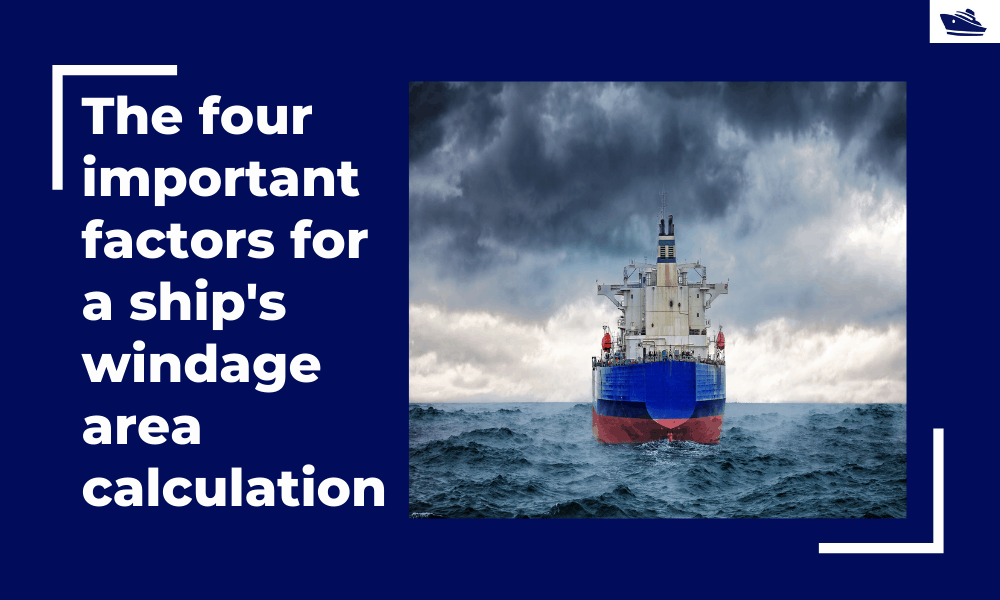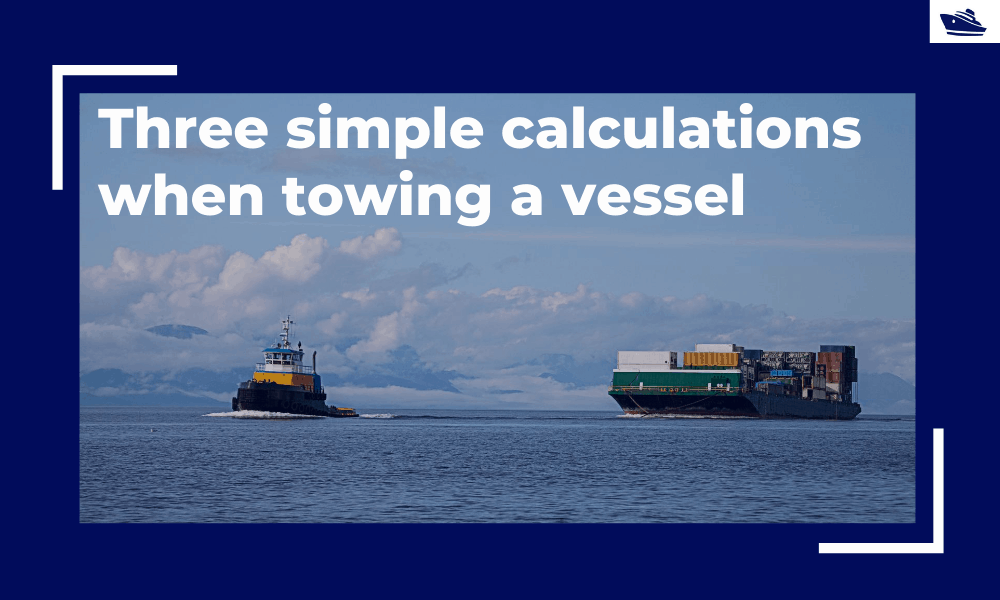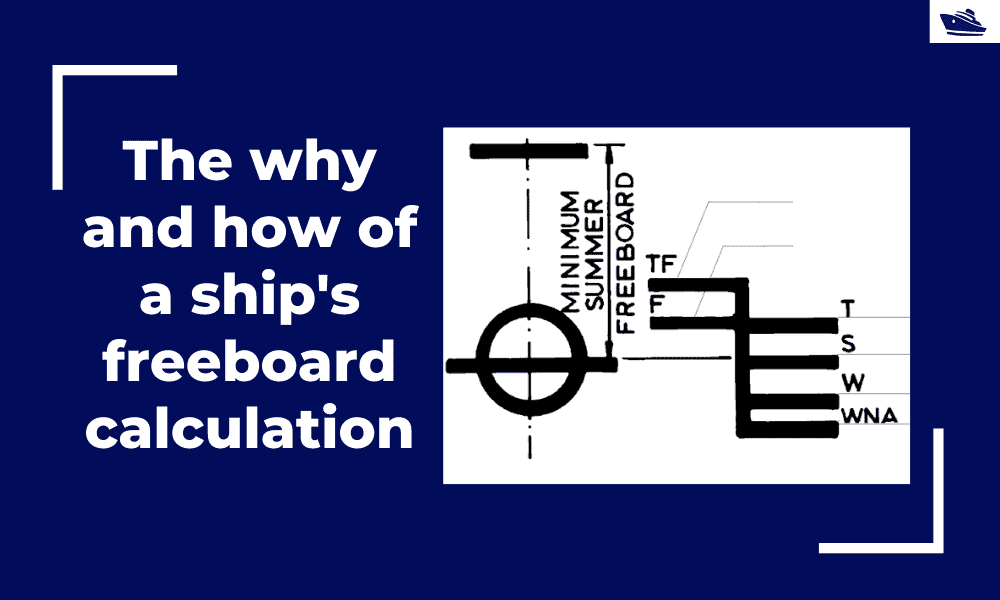
by Team TheNavalArch | Sep 15, 2020 | Ship Classification, Ship Design and Construction, Ship Structural Engineering
Introduction The longitudinal strength of a vessel is integral to its evaluation for a given purpose. To get an introduction to the topic, please refer to our other article Longitudinal Strength of Ships – an Introduction In this article, we’ll see from a...

by Team TheNavalArch | Sep 8, 2020 | Marine Operations, Marine Transportation
Introduction The windage area of a vessel or offshore structure is the area that is exposed directly to the wind. As is obvious, this is the area of all items above the waterline. This will include Part of the hull/offshore structure above the waterline...

by Team TheNavalArch | Aug 31, 2020 | Subsea Engineering
Introduction Pipe soil interaction is a critical subject of analysis in the field of the offshore industry. A pipe once buried in the seabed is usually in equilibrium with the surrounding soil. There are however various forces which are still in action even if the...

by Team TheNavalArch | Aug 25, 2020 | Marine Operations, Towing
In this article, we will explore three simple but useful calculations that can be used for towing operations. They are: Towline Stiffness Propeller race Towing bridle force DNV-RP-H1o3, Modelling and Analysis of Marine Operations, FEBRUARY 2014 has been referenced...

by Team TheNavalArch | Aug 18, 2020 | Ship Design and Construction
Introduction Freeboard is a common term used in vessel operations. Freeboard is the smallest vertical distance between the waterline and the freeboard deck (generally the upper deck) along the length of the vessel. The term ‘smallest’ is of significance, as the height...






